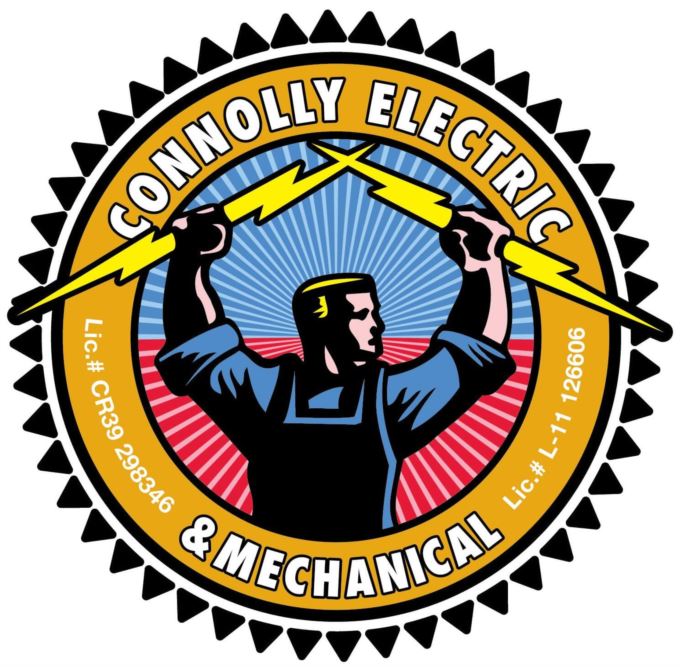
A furnace is often a background player at home, helping keep you warm across the cold winter months. It often doesn’t get noticed until something goes wrong.
One root cause may be that your furnace has a cracked heat exchanger. It’s a potentially dangerous issue, so it’s important to know the evidence of a cracked heat exchanger and what you can do if you are worried that might be the problem.
What Is a Heat Exchanger in a Furnace?
A heat exchanger helps move heat from the combustion chamber in your furnace to the air that circulates through the air ducts. It generally accomplishes this with coils or tubes that heat up the air while functioning as a barrier to keep gas formed in the combustion chamber, called flue gasses, from leaking out into your home.
Is a Cracked Heat Exchanger Dangerous?
Because of its central role, it isn't surprising that a damaged heat exchanger can be very dangerous. A crack in the heat exchanger can enable dangerous gasses – including carbon monoxide, which can be lethal – to be distributed throughout your home.
For this reason, don't ever run your heater if you believe you're dealing with a cracked heat exchanger, as this could make the whole family sick. Reach out to an HVAC professional right away if you are worried your furnace has a cracked heat exchanger that needs repair.
Four Signs of a Cracked Heat Exchanger:
- Furnace turns off: Cracks in the heat exchanger may cause your furnace to switch off.
- Strange Smells: If the air escaping your furnace has an intense chemical odor, it might be a sign gasses are slipping through cracks in your heat exchanger. These gasses, which may smell like formaldehyde, are a significant warning sign.
- Carbon monoxide alarm goes off or you notice health problems: If a cracked heat exchanger is emitting carbon monoxide into your home, your carbon monoxide alarm could go off or family members might struggle with signs of carbon monoxide poisoning. Complications include headaches, dizziness, weakness, nausea, vomiting or feeling drowsy. If the alarm goes off or you feel unusually tired, get out of the home as soon as you can and then call for help.
- Soot: If you notice black sooty buildup on the exterior of your furnace, it’s another sign something could be seriously wrong.
What to Do if the Furnace Heat Exchanger is Cracked
If you suspect your furnace has a cracked heat exchanger, contact a professional well versed in furnace installation Cottonwood & Prescott as soon as possible so they can take a look at your system and, if necessary, start a furnace heat exchanger replacement. Costs will vary depending on the situation, but estimates can roughly suggest $1,000 to $3,000.
However, the good news is that heat exchangers are regularly protected by the warranty. You’ll want to check the warranty paperwork on your furnace, since while the warranty might not cover the entire cost of repairs, it still may significantly reduce your bill.
How to Prevent a Cracked Heat Exchanger in Your Home
One of the best ways to prevent a problem in your furnace overall is with regular furnace maintenance. Furnaces provide the best possible return on investment when they operate efficiently. Calling a certified professional to check your furnace for broken-down parts, dirty filters and other likely problems can help you avoid getting a big bill later on.
It’s also helpful to review your furnace filters every few months – it’s encouraged some filters be swapped out every 90 days or sooner if they are dirty or grimy. While the filters are not part of the heat exchanger itself, the strain of pulling air through a clogged filter makes your entire furnace work more vigorously to do its job. And the harder your furnace works, the more wear and tear components like the heat exchanger will endure.




